Vaccine (Shot) for Whooping Cough (Pertussis)

How to pronounce pertussis: [per-tuhs-is] or Listen
Five doses of the DTaP shot and a Tdap booster shot are recommended for children and preteens by doctors as the best way to protect against whooping cough (pertussis).
When should my child get the whooping cough shot?
5 doses of DTaP vaccine and 1 booster dose of Tdap at the following ages:
Why should my child get a whooping cough shot?
- Helps protect your child from whooping cough, a potentially serious and even deadly disease, as well as diphtheria and tetanus.
- Helps prevent your child from having violent coughing fits from whooping cough.
- Helps protect your newborn when she is most vulnerable to serious disease and complications.
- Keeps your child from missing school or childcare and you from missing work.
What vaccines protect against whooping cough?
There are 2 vaccines that help protect children against whooping cough: DTaP and Tdap. Both also protect against diphtheria and tetanus. These shots do not offer lifetime protection.
Whooping cough shots are safe.
The whooping cough shots are safe and effective at preventing whooping cough. Vaccines like any medicine, can have side effects. These are usually mild and go away on their own.
What are the side effects?
Most children don’t have any side effects from DTaP or Tdap. The side effects that do occur are usually mild, and may include:
- Redness, swelling, or pain where the shot was given
- Fever
- Vomiting
More serious side effects are very rare but with DTaP can include:
- A fever over 105 degrees
- Nonstop crying for 3 hours or more
- Seizures (jerking, twitching of the muscles, or staring)
Some preteens and teens might faint after getting Tdap or any other shot.
To prevent fainting and injuries related to fainting, adolescents should be seated or lying down during vaccination and remain in that position for 15 minutes after the vaccine is given.
Prepare for your child's vaccine visit and learn about how you can:
- Research vaccines and ready your child before the visit
- Comfort your child during the appointment
- Care for your child after the shot
What is whooping cough?
- Whooping cough is a very serious respiratory (in the lungs and breathing tubes) infection.
- It is caused by Bordetella pertussis bacteria.
- It can cause violent coughing fits.
- Whooping cough is most harmful for young babies and can be deadly.
Hear how the cough may sound
It is important to know that not everyone with the pertussis coughs or “whoops”.
It is important to know that not everyone with the pertussis coughs or “whoops”.
What are the symptoms of whooping cough?
Whooping cough usually starts with the following symptoms:
- Runny nose
- Mild cough
- A pause in breathing in babies (apnea)
Children and babies may then begin to develop these more serious problems:
- Coughing very hard, over and over. These coughing fits happen more at night.
- Gasping for breath after a coughing fit. They may make a “whooping” sound. This sound is where the name “whooping cough” comes from. Babies may not cough or make this sound—they may gag, gasp, or stop breathing.
- Difficulty breathing, eating, drinking, or sleeping.
- Turning blue from lack of oxygen.
- Vomiting after coughing fits.
Coughing fits can last for up to 10 weeks or more, and sometimes happen again the next time the child has a respiratory illness.
Is it serious?
Whooping cough is most dangerous for babies and young children. In fact, babies younger than 1 year old who have whooping cough may:
- Need to be cared for in the hospital
- Develop pneumonia (a serious lung infection)
- Have seizures
- Suffer brain damage
Women can get Tdap during pregnancy to pass whooping cough protection to their babies. This helps protect babies until they can start getting their own whooping cough shots. Learn more…
Whooping cough can even be deadly. About 7 in 10 deaths from whooping cough are among babies younger than 2 months old. These babies are too young to get whooping cough shots.
How does whooping cough spread?
Whooping cough spreads easily through the air when a person who has whooping cough breathes, coughs, or sneezes. Almost everyone who is not immune to whooping cough will get sick if exposed to it. A person can spread the disease from the very beginning of the sickness (when he has cold-like symptoms) and for at least 2 weeks after coughing starts.
Since symptoms can be mild for some people, your baby can catch whooping cough from adults, grandparents, or older brothers or sisters who don’t know they have the disease.
Do people still get whooping cough in the United States?
Before the whooping cough vaccines were recommended for all infants, about 8,000 people in the United States died each year from whooping cough. Today, because of the vaccine, this number has dropped to fewer than 20 per year.
But, cases of whooping cough have been increasing over the past several years, and outbreaks of whooping cough can occur.
Follow the vaccine schedule
The Centers for Disease Control and Prevention, American Academy of Family Physicians, and American Academy of Pediatrics strongly recommend children receive all vaccines according to the recommended vaccine schedule.
- Get a list of vaccines that your child may need based on age, health conditions, and other factors.
- Learn the reasons you should follow the vaccine schedule.
Related Articles:
- Vaccine Information Statements (VISs) have detailed information about recommended vaccines. Read the VISs for vaccines that protect against diphtheria:
- DTaP vaccine — protects against diphtheria, tetanus, and whooping cough (for infants and children) (Other Languages)
- Tdap vaccine — protects against diphtheria, tetanus, and whooping cough (for adults) (Other Languages)
- Td vaccine – protects against diphtheriea and tetanus (for preteens, teens, and adults) (Other Languages)
- References
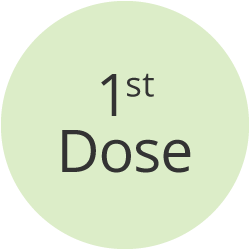
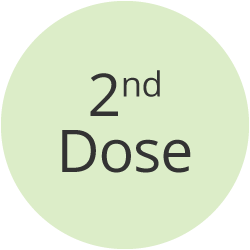
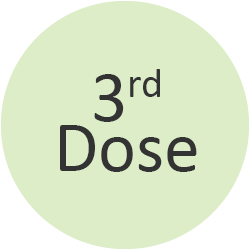
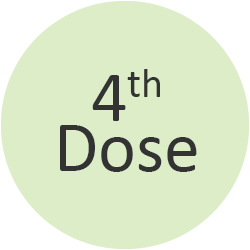
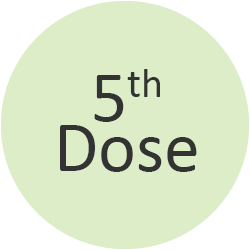
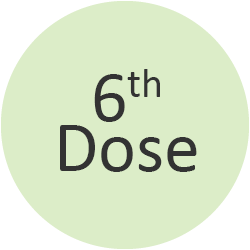
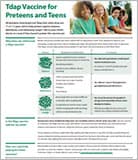






















.png)











No hay comentarios:
Publicar un comentario